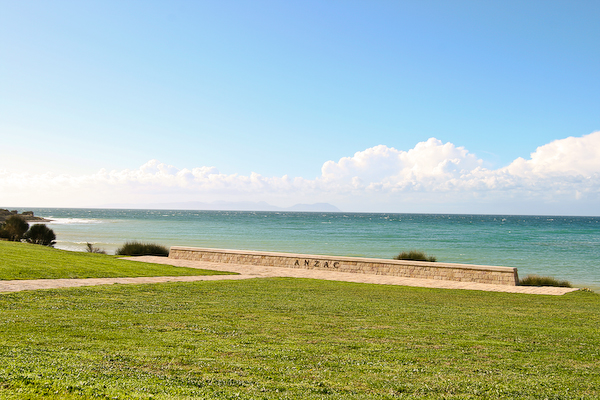
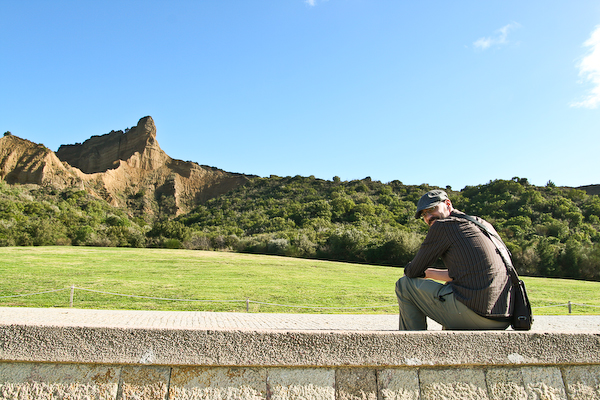
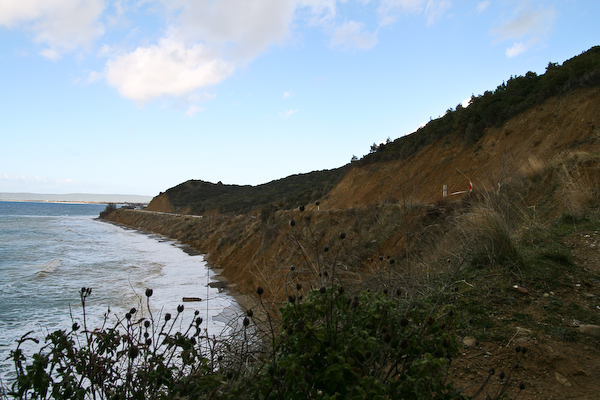
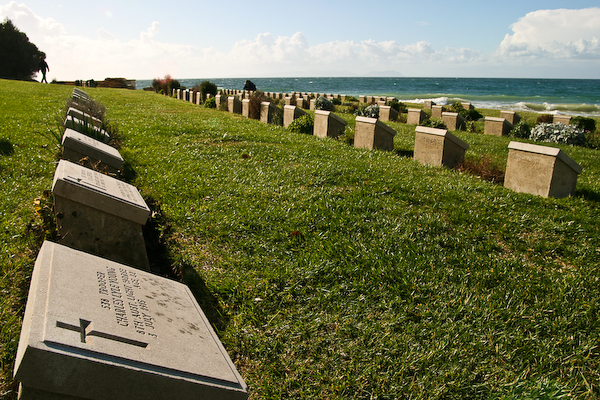
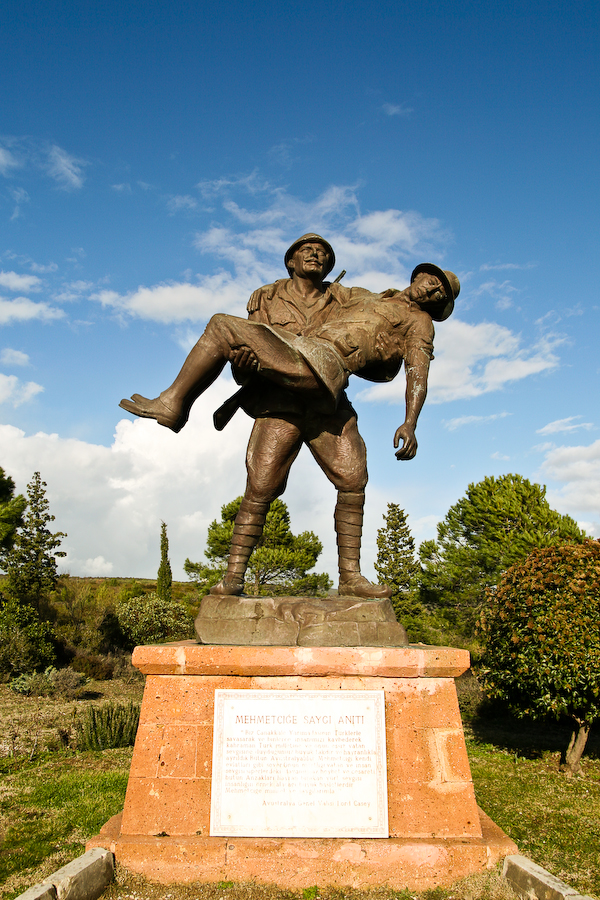
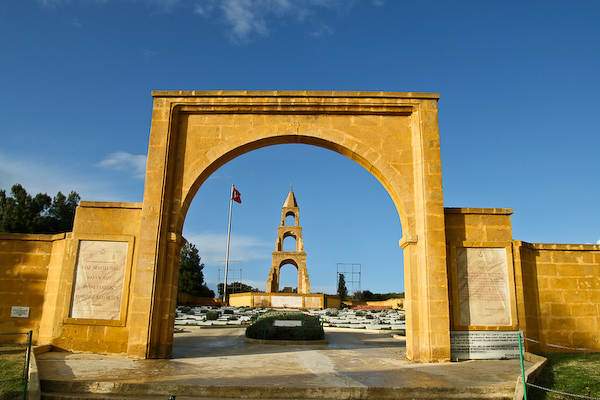
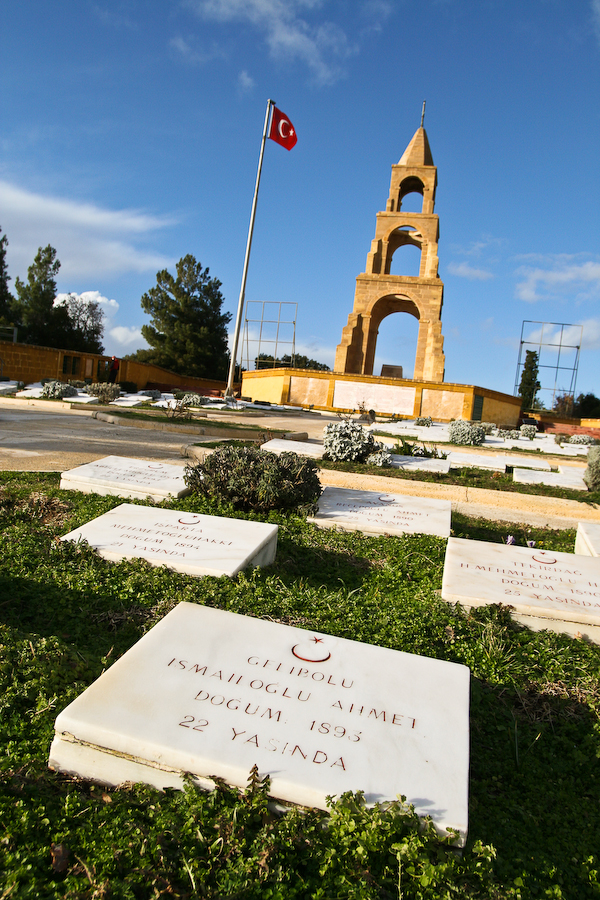
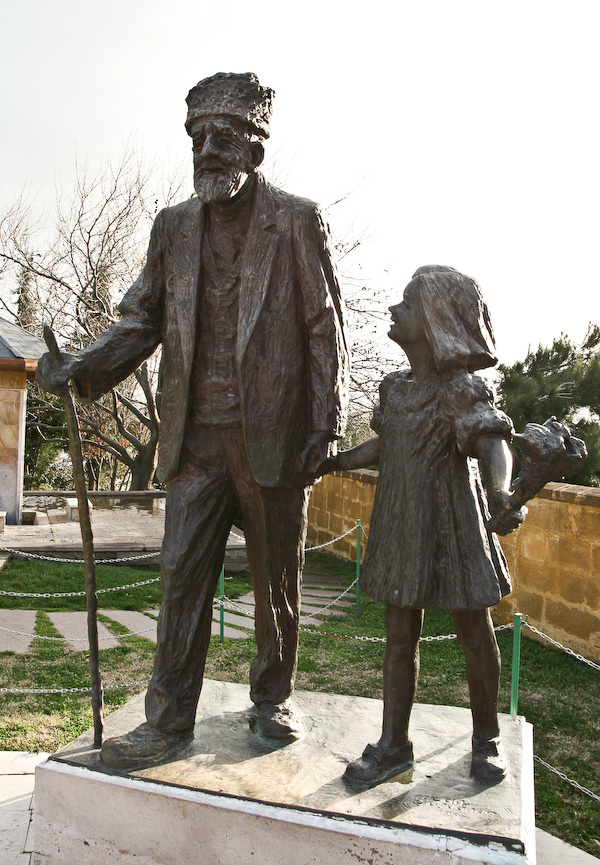
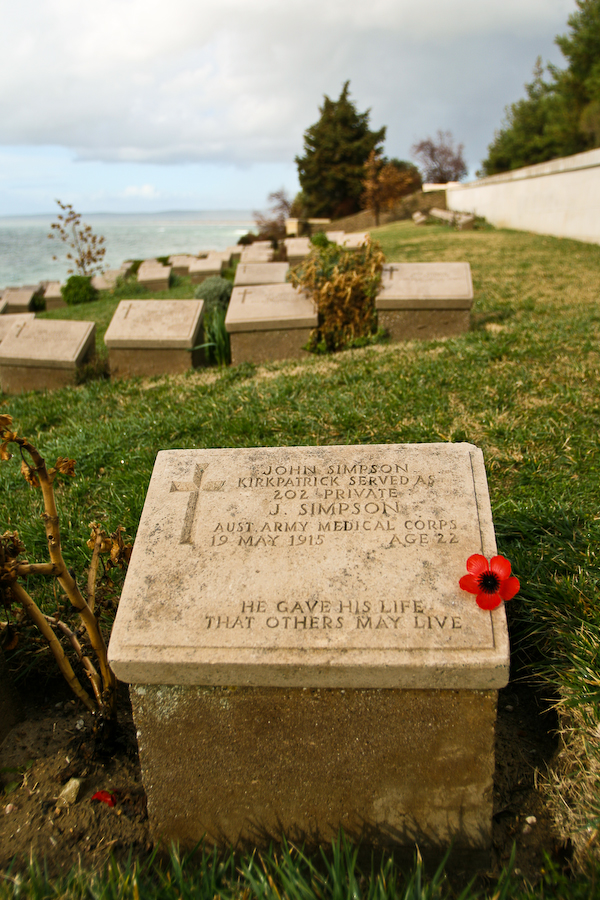
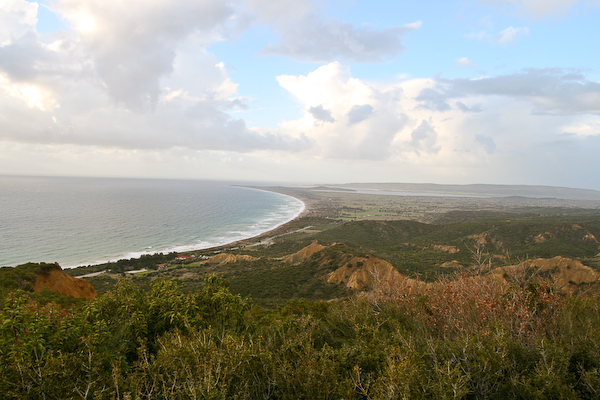
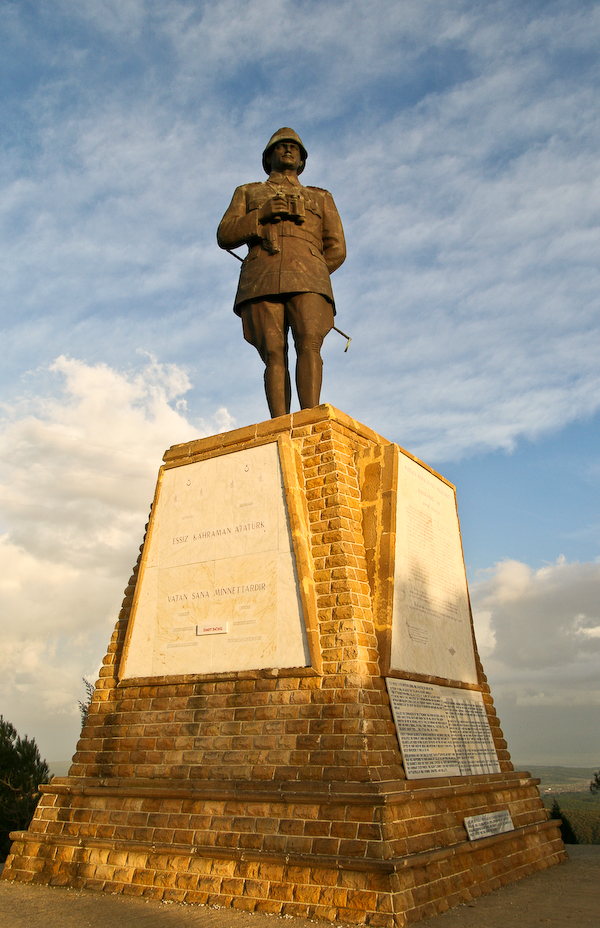












shown in the seventh photo….. and writen under it… ” His first name was Ismah. The “oglu†means, “son ofâ€. His father’s first name was Ahmet.” it is just the opposite… the grave belongs to 22 year old man from gelibolu (gallipoli) called Ahmet.. son of Ä°smail…
who are you im looking for a painting of the first turkish man
Uh, can’t really help you there. Sorry.
A journalist of my calibre? You mean one that’s still working at a student newspaper? 😉 I’m pretty good. Just finishing up the semester and doing IT support still. Nothing much new.
Slowly catching up on the blog.
Really moving stuff. Great shots and stories.
Thanks Jon. That’s a great complement coming from a journalist of your calibre. How the hell are you these days?
Leave a Reply